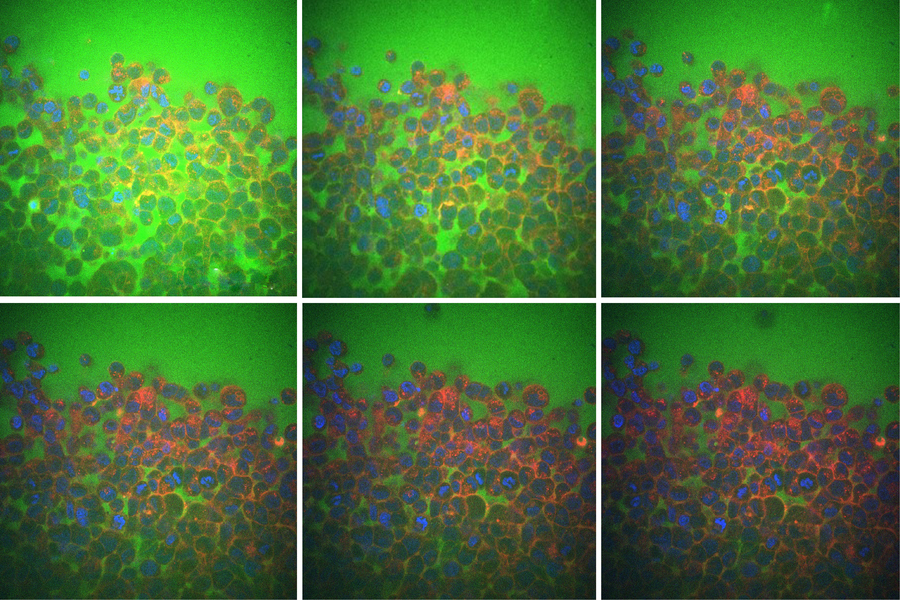Water makes up around 60 percent of the human body. More than half of this water sloshes around inside the cells that make up organs and tissues. Much of the remaining water flows in the nooks and crannies between cells, much like seawater between grains of sand.
Now, MIT engineers have found that this “intercellular” fluid plays a major role in how tissues respond when squeezed, pressed, or physically deformed. Their findings could help scientists understand how cells, tissues, and organs physically adapt to conditions such as aging, cancer, diabetes, and certain neuromuscular diseases.

